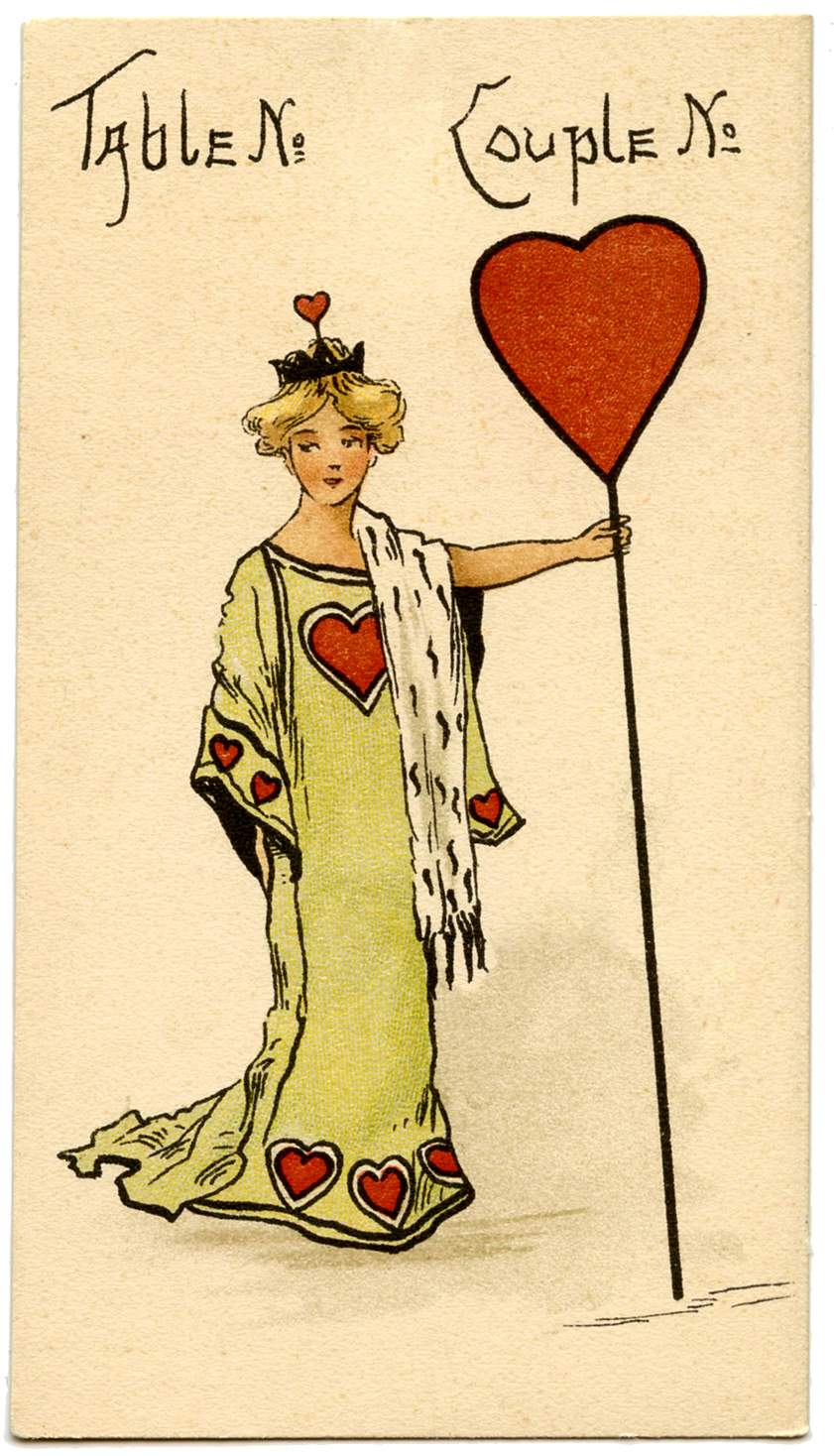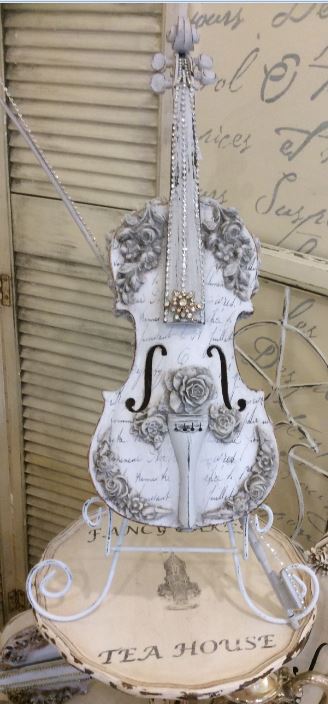French Playing Cards

In 1930, thanks to an outstanding donation to the City of Issy-les-Moulineaux, the collection of the French Museum of Playing Card was initiated. A collection of more than 11.000 pieces is today kept at the Museum in an original collection composed of pieces from several origins:
– France is represented through its Old Regime “portrait régionaux” (regional portrait), the changes occurred during the French Revolution and the birth of the current “portrait official”.
– Several European patterns : German , Italian, Spanish are also exposed.
– Asia reveals its playing cards from India, China and Japan with original shapes and contents.
The Museum exposes fancy cards inciting dreams, laughs and discoveries but also documentation on playing cards manufacturing and regulation and art pieces showing playing scenes or the universe of car players.
Virtual tour
- In 1930, thanks to an outstanding donation to the City of Issy-les-Moulineaux, the collection of the French Museum of Playing Card was initiated. A collection of more than 11.000 pieces is today kept at the Museum in an original collection composed of pieces from several origins.
- Tarot cards (also known locally as Tarocks or tarocchi) are an old genre of playing card that is still very popular in France, central and Eastern Europe and Italy. Asia, too, has regional cards such as the.
Get the best deals on French Playing Cards when you shop the largest online selection at eBay.com. Free shipping on many items Browse your favorite brands affordable prices.
Plan your visit
Opening times :
Wednesday, Thursday and Friday : 11am-5pm
Saturday-Sunday : 2 pm-6 pm
July : 1 pm-6 pm from Wednesday to Sunday
Closed on bank holidays and in August.
Group accepted by reservation from Tuesday to Sunday.
Prices:
Individual ticket for nonresident (neither living in Issy nor in the urban agglomeration GPSO)
Adult : 4,70€
Reduced price: 3,60€
Under 26 : free admission
Contact us
+33 41 23 83 60
Playing cards are known and used the world over—and almost every corner of the globe has laid claim to their invention. The Chinese assert the longest pedigree for card playing (the “game of leaves” was played as early as the 9th century). The French avow their standardization of the carte à jouer and its ancestor, the tarot. And the British allege the earliest mention of a card game in any authenticated register.
Today, the public might know how to play blackjack or bridge, but few stop to consider that a deck of cards is a marvel of engineering, design, and history. Cards have served as amusing pastimes, high-stakes gambles, tools of occult practice, magic tricks, and mathematical probability models—even, at times, as currency and as a medium for secret messages.
In the process, decks of cards reveal peculiarities of their origins. Card names, colors, emblems, and designs change according to their provenance and the whims of card players themselves. These graphic tablets aren’t just toys, or tools. They are cultural imprints that reveal popular custom.
French Playing Cards Wikipedia
* * *
The birthplace of ordinary playing cards is shrouded in obscurity and conjecture, but—like gunpowder or tea or porcelain—they almost certainly have Eastern origins. “Scholars and historians are divided on the exact origins of playing cards,” explains Gejus Van Diggele, the chairman of the International Playing-Card Society, or IPCS, in London. “But they generally agree that cards spread from East to West.”
More in this series
Candy Land Was Invented for Polio Wards
Alexander B. Joy
Scrolls from China’s Tang Dynasty mention a game of paper tiles (though these more closely resembled modern dominoes than cards), and experts consider this the first written documentation of card playing. A handful of European literary references in the late 14th century point to the sudden arrival of a “Saracen’s game,” suggesting that cards came not from China but from Arabia. Yet another hypothesis argues that nomads brought fortune-telling cards with them from India, assigning an even longer antiquity to card playing. Either way, commercial opportunities likely enabled card playing’s transmission between the Far East and Europe, as printing technology sped their production across borders.
In medieval Europe, card games occasioned drinking, gambling, and a host of other vices that drew cheats and charlatans to the table. Card playing became so widespread and disruptive that authorities banned it. In his book The Game of Tarot, the historian Michael Dummett explains that a 1377 ordinance forbade card games on workdays in Paris. Similar bans were enacted throughout Europe as preachers sought to regulate card playing, convinced that “the Devil’s picture book” led only to a life of depravity.
French Playing Cards
Everybody played cards: kings and dukes, clerics, friars and noblewomen, prostitutes, sailors, prisoners. But the gamblers were responsible for some of the most notable features of modern decks.
Today’s 52-card deck preserves the four original French suits of centuries ago: clubs (♣), diamonds (♦), hearts (♥), and spades (♠). These graphic symbols, or “pips,” bear little resemblance to the items they represent, but they were much easier to copy than more lavish motifs. Historically, pips were highly variable, giving way to different sets of symbols rooted in geography and culture. From stars and birds to goblets and sorcerers, pips bore symbolic meaning, much like the trump cards of older tarot decks. Unlike tarot, however, pips were surely meant as diversion instead of divination. Even so, these cards preserved much of the iconography that had fascinated 16th-century Europe: astronomy, alchemy, mysticism, and history.
Some historians have suggested that suits in a deck were meant to represent the four classes of Medieval society. Cups and chalices (modern hearts) might have stood for the clergy; swords (spades) for the nobility or the military; coins (diamonds) for the merchants; and batons (clubs) for peasants. But the disparity in pips from one deck to the next resists such pat categorization. Bells, for example, were found in early German “hunting cards.” These pips would have been a more fitting symbol of German nobility than spades, because bells were often attached to the jesses of a hawk in falconry, a sport reserved for the Rhineland’s wealthiest. Diamonds, by contrast, could have represented the upper class in French decks, as paving stones used in the chancels of churches were diamond shaped, and such stones marked the graves of the aristocratic dead.

But how to account for the use of clover, acorns, leaves, pikes, shields, coins, roses, and countless other imagery? “This is part of the folklore of the subject,” Paul Bostock, an IPCS council member, tells me. “I don’t believe the early cards were so logically planned.” A more likely explanation for suit marks, he says, is that they were commissioned by wealthy families. The choice of pips is thus partly a reflection of noblemen’s tastes and interests.
* * *
While pips were highly variable, courtesan cards—called “face cards” today—have remained largely unchanged for centuries. British and French decks, for example, always feature the same four legendary kings: Charles, David, Caesar, and Alexander the Great. Bostock notes that queens have not enjoyed similar reverence. Pallas, Judith, Rachel, and Argine variously ruled each of the four suits, with frequent interruption. As the Spanish adopted playing cards, they replaced queens with mounted knights or caballeros. And the Germans excluded queens entirely from their decks, dividing face cards into könig (king), obermann (upper man), and untermann (lower man)—today’s Jacks. The French reintroduced the queen, while the British were so fond of theirs they instituted the “British Rule,” a variation that swaps the values of the king and queen cards if the reigning monarch of England is a woman.

French Card Games List
The ace rose to prominence in 1765, according to the IPCS. That was the year England began to tax sales of playing cards. The ace was stamped to indicate that the tax had been paid, and forging an ace was a crime punishable by death. To this day, the ace is boldly designed to stand out.
French Playing Cards Lingo
The king of hearts offers another curiosity: The only king without a mustache, he appears to be killing himself by means of a sword to the head. The explanation for the “suicide-king” is less dramatic. As printing spurred rapid reproduction of decks, the integrity of the original artwork declined. When printing blocks wore out, Paul Bostock explains, card makers would create new sets by copying either the blocks or the cards. This process amplified previous errors. Eventually, the far edge of our poor king’s sword disappeared.
Hand craftsmanship and high taxation made each deck of playing cards an investment. As such, cards became a feast for the eye. Fanciful, highly specialized decks offered artists a chance to design a kind of collectible, visual essay. Playing-card manufacturers produced decks meant for other uses beyond simple card playing, including instruction, propaganda, and advertising. Perhaps because they were so prized, cards were often repurposed: as invitations, entrance tickets, obituary notes, wedding announcements, music scores, invoices—even as notes between lovers or from mothers who had abandoned their babies. In this way, the humble playing card sometimes becomes an important historical document, one that offers both scholars and amateur collectors a window into the past.

While collectors favored ornate designs, gamblers insisted on standard, symmetrical cards, because any variety or gimmickry served to distract from the game. For nearly 500 years, the backs of cards were plain. But in the early 19th century, Thomas De La Rue & Company, a British stationer and printer, introduced lithographic designs such as dots, stars, and other simple prints to the backs of playing cards. The innovation offered advantages. Plain backs easily pick up smudges, which “mark” the cards and make them useless to gamblers. By contrast, pattern-backed cards can withstand wear and tear without betraying a cardholder’s secrets.
Years later, Bostock tells me, card makers added corner indices (numbers and letters), which told the cardholder the numerical value of any card and its suit. This simple innovation, patented during the Civil War, was revolutionary: Indices allowed players to hold their cards in one hand, tightly fanned. A furtive glance offered the skilled gambler a quick tally of his holdings, that he might bid or fold or raise the ante, all the while broadcasting the most resolute of poker faces.
Standard decks normally contain two extra “wild” cards, each depicting a traditional court jester that can be used to trump any natural card. Jokers first appeared in printed American decks in 1867, and by 1880, British card makers had followed suit, as it were. Curiously, few games employ them. For this reason, perhaps, the Joker is the only card that lacks a standard, industry-wide design. He appears by turns the wily trickster, the seducer, the wicked imp—a true calling card for the debauchery and pleasure that is card playing’s promise.